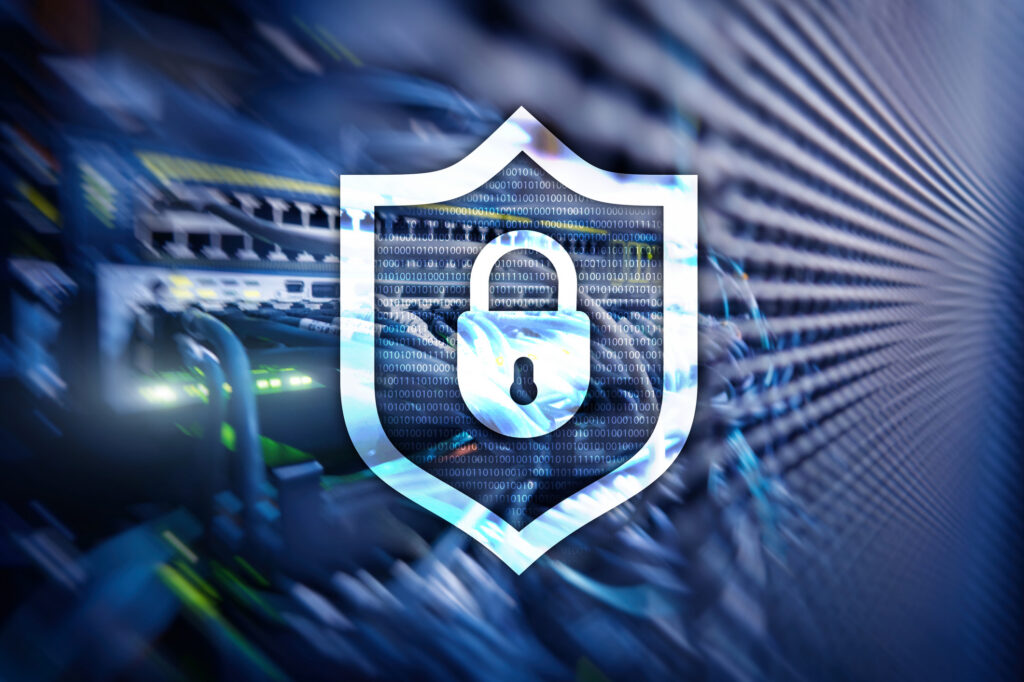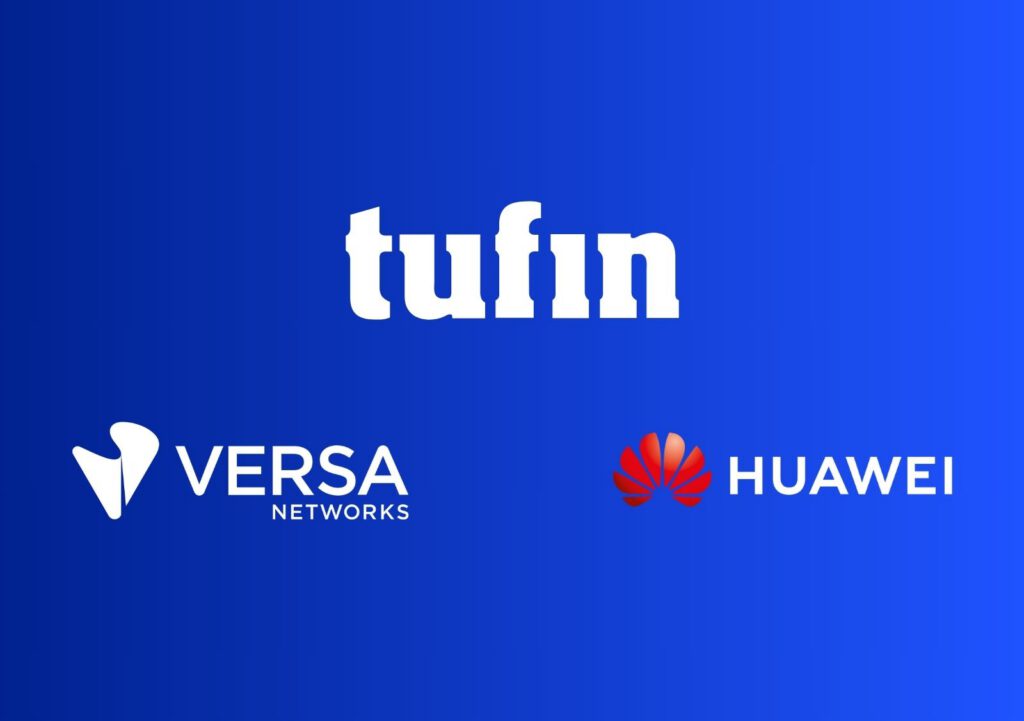Comparing SASE service providers means understanding which platforms deliver real-world performance across SD-WAN, FWaaS (Firewall as a Service), zero-trust security (including zero-trust network access), and cloud access security broker features. This guide helps IT leaders evaluate top vendors based on scalability, architecture fit, user experience, and support for secure, cloud-delivered infrastructure.
SASE providers list with SD-WAN support
Not all SASE vendors provide fully integrated SD-WAN support. Some, like Fortinet and Palo Alto Networks, offer native SD-WAN within their secure access service edge architecture. Others, including Zscaler, focus on SSE and require third-party SD-WAN for complete deployment.
Comparing vendors means understanding whether their SASE offering delivers SD-WAN and a full suite of security features, including next-generation firewall (NGFW) capabilities, zero-trust network access, cloud access security broker support, secure web gateway coverage, and integrated data protection measures as part of a single-vendor solution.
Vendor selection should also consider latency, deployment complexity, and Gartner placement. Palo Alto Networks ranks for both security capabilities and global scalability.
Buyers should assess real-world performance across managed services, routing, and cloud-native security solutions. For broader comparisons that include Fortinet, Cisco, and Palo Alto, explore the top SASE solutions or learn more about SASE as defined by Palo Alto Networks.
SASE providers in the USA with global network presence
For U.S.-based organizations, choosing a SASE provider includes evaluating not just domestic coverage but also global points of presence (PoPs), compliance support, and data sovereignty controls. Vendors like Cisco, Fortinet, and Palo Alto offer robust North American network infrastructure backed by cloud-delivered security functions and scalable routing across regions.
Palo Alto Networks operates wide-reaching PoPs that help reduce latency, optimize remote access, and keep connectivity reliable—especially for teams spread across regions. Their ability to deliver firewall as a service, cloud access security broker tools, and secure web gateway performance across U.S. and international data centers helps maintain secure connectivity and enforce zero-trust security at scale.
Zscaler often comes up when teams prioritize SSE-based setups that lean heavily on features like data loss prevention (DLP), cloud access security broker (CASB), and cloud-native controls to support modern security frameworks. But capabilities vary—some providers are better suited to distributed environments, while others serve single-site deployments more effectively. Providers like Versa also offer private SASE for organizations that prefer to keep routing logic and traffic management in-house.
Tools such as the Tufin Orchestration Suite can help manage security policies across hybrid infrastructures, enabling IT teams to strengthen cloud security. For more evaluation frameworks, see How to Choose a Unified SASE Provider or compare leading options across the top secure access service edge (SASE) providers list.
What Gartner and Reddit say about SASE vendors
Peer feedback and third-party analysis often shape the shortlist when evaluating SASE vendors. Reddit threads from network engineers and IT managers offer unfiltered insights into real deployments—highlighting support issues, pricing gaps, and integration pain points. These discussions regularly compare single-vendor platforms like Cato Networks and Prisma from Palo Alto Networks to SSE-first options like Zscaler.
Gartner Magic Quadrant reports help validate those observations with a structured view of vendor capabilities. Leaders in the top secure access service edge (SASE) providers quadrant typically offer more complete SASE stacks.
Cybersecurity tools like secure web gateways, browser isolation, firewall as a service, ZTNA, and cloud access security broker functionality are fully integrated for consistent threat prevention and access control. For selection strategies, How to Choose the Right SASE Provider outlines how to assess scalability, cloud-native maturity, and managed services.
Common frustrations from real-world buyers include latency spikes, poor network performance, fragmented policy enforcement, and inconsistent endpoint behavior across multi-vendor stacks. Reddit posts repeatedly flag issues with CASB and SWG misalignment when used outside a unified SASE platform.
Tools like the Tufin Orchestration Suite help simplify and centralize policy across fragmented environments. With visibility into hybrid cloud apps, data centers, and firewalls, organizations can improve control while extending network security to the cloud. Teams balancing SASEadoption and remote access needs at scale can gain additional control and visibility with Tufin Orchestration Suite and practical SASE & SD-WAN knowledge.
Choose SASE vendors based on architecture fit and deployment reality
Choosing a SASE vendor means understanding how each solution supports specific use cases—from SaaS enablement and DLP enforcement to remote access and secure connectivity. Full-stack, single-vendor platforms like Cisco, Zscaler, and Versa Networks often reduce latency and simplify management, while cloud-based SSE offerings may require additional routing or integration steps.
The tradeoff between firewall as a service, cloud services, and operational flexibility depends on how your infrastructure handles malware risk, endpoint traffic, and policy deployment. To see how your network security strategy aligns with leading platforms like Prisma Access SASE, get a demo.
Frequently Asked Questions
What should IT leaders consider when comparing SASE providers?
When comparing SASE providers, focus on how each one fits into your current infrastructure. Check whether their platform supports secure connectivity across cloud services, enforces firewall and DLP policies consistently, and offers a true single-vendor experience or depends on third-party integrations.
Explore how to maximize your Tufin investment with Prisma Access.
How do SASE providers support policy enforcement across hybrid environments?
Not all SASE providers offer unified control across cloud-native, SaaS, and on-premises environments. Evaluate whether their platform can enforce and automate policy across multiple data centers, branch offices, cloud accounts, and VPN gateways without gaps in visibility or delays in rule deployment.
See how Tufin helps by extending network security to the cloud.
Are SASE providers equipped to manage evolving cloud threats?
The best SASE providers use zero-trust frameworks, robust authentication, threat-aware routing, and telemetry across endpoints to handle evolving cyber threats, including malware risks and SaaS vulnerabilities. But capabilities vary widely—especially when it comes to integrating CASB, SWG, and ZTNA with policy logic.
Get a closer look at Why Your SASE Implementation Is Creating Compliance Gaps (And What to Do About It).
Ready to Learn More
Get a Demo





